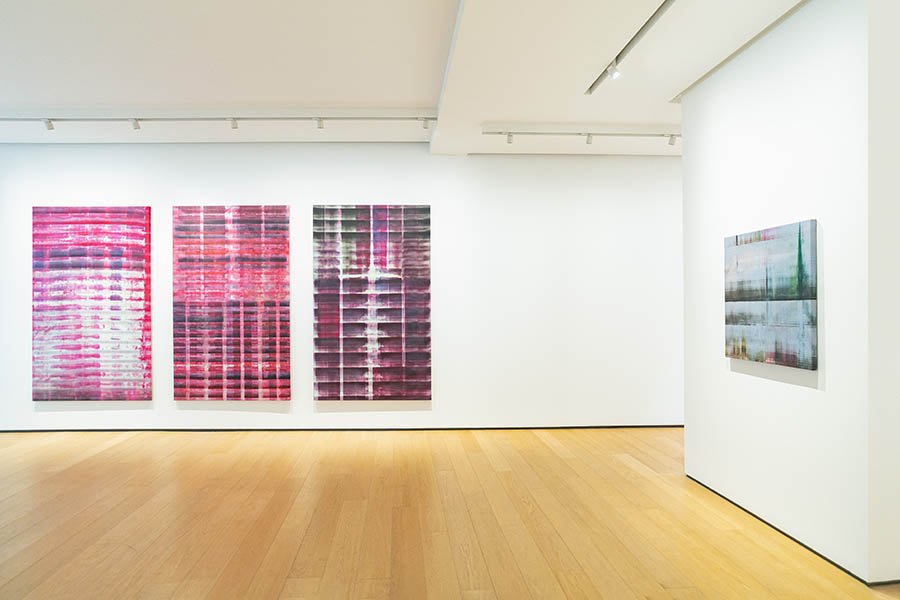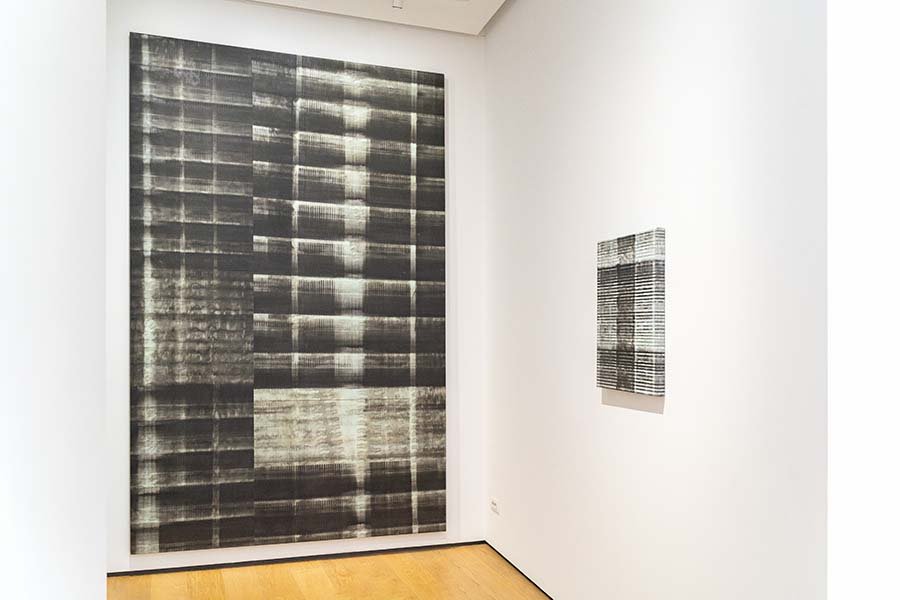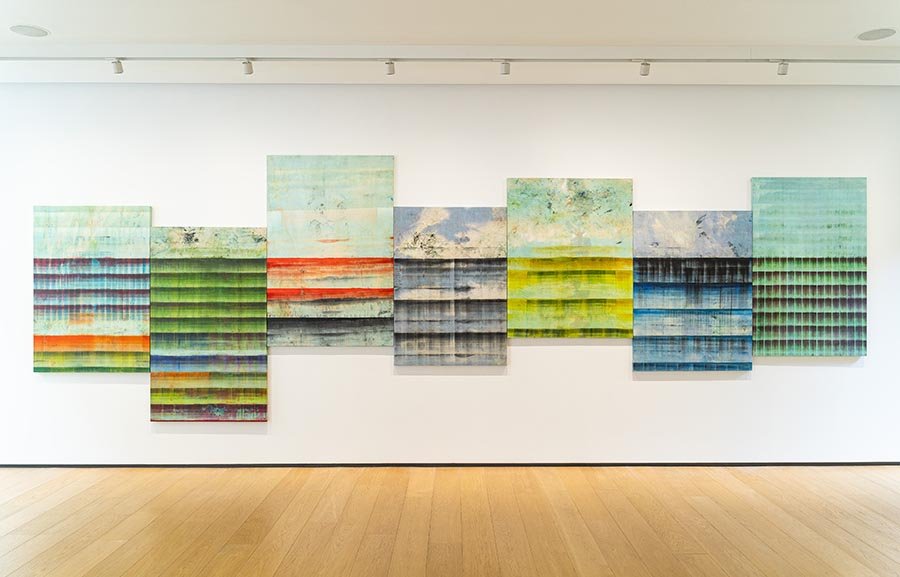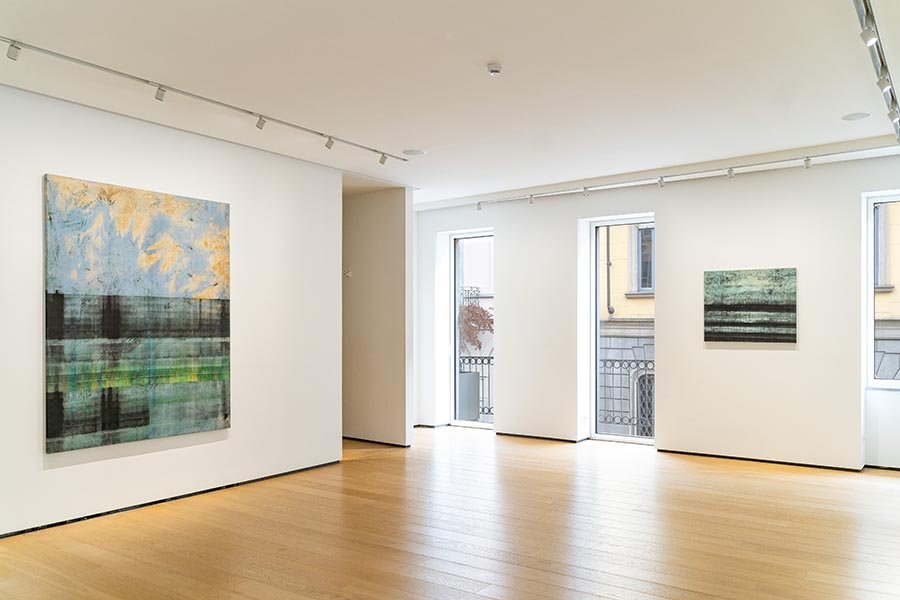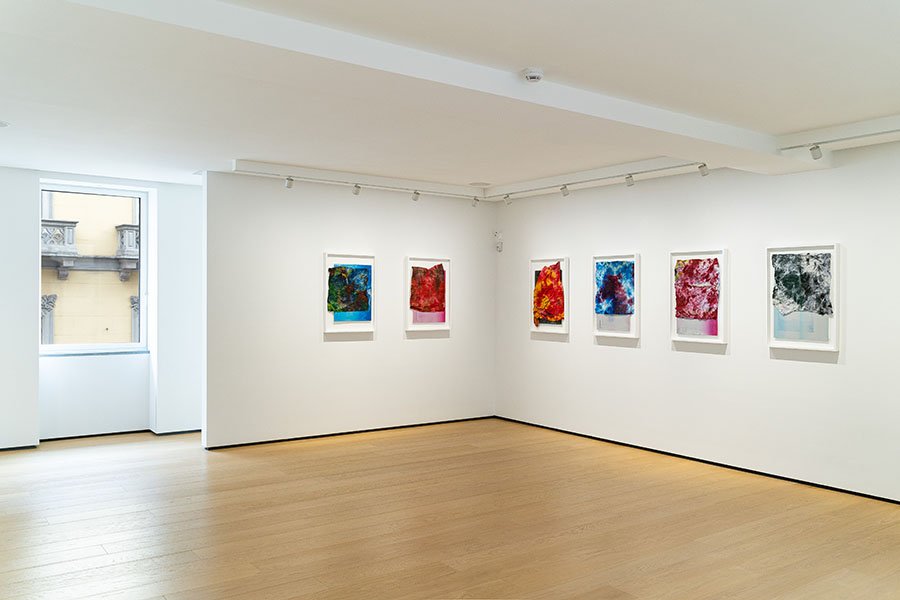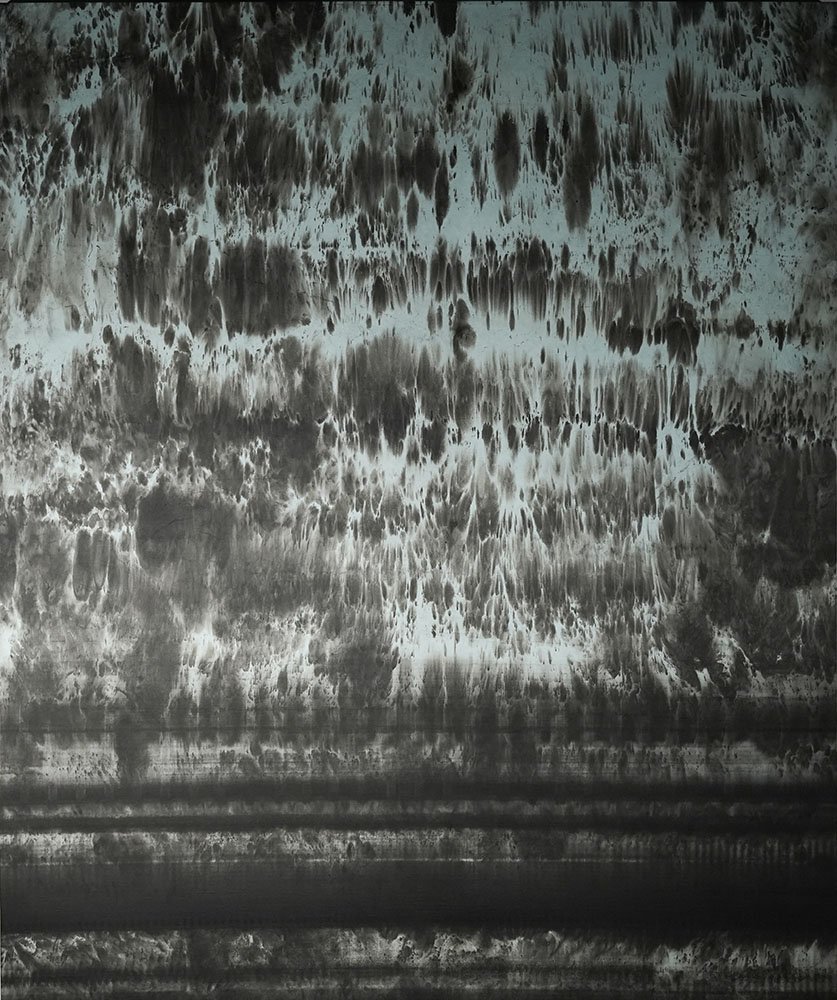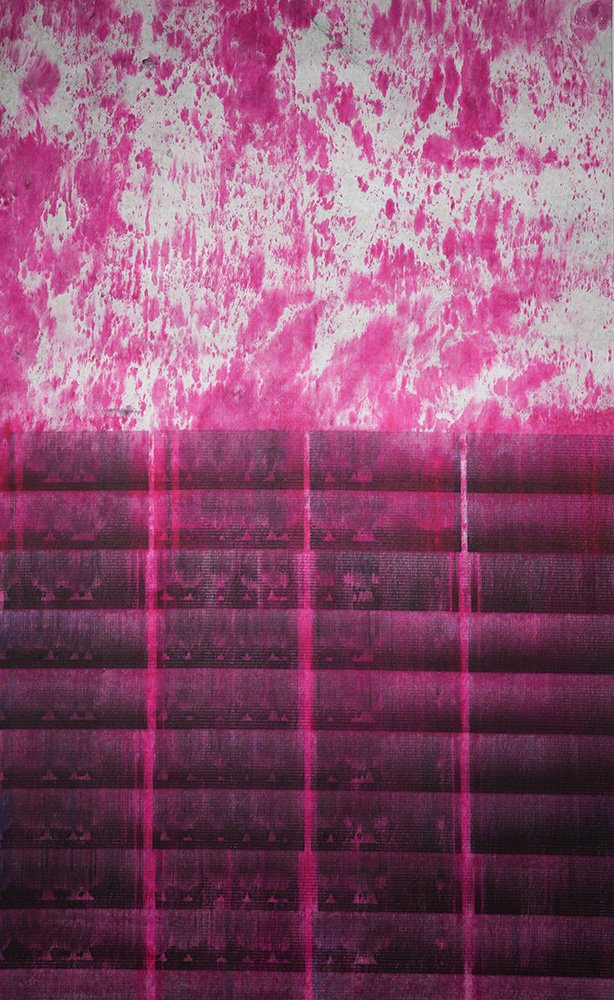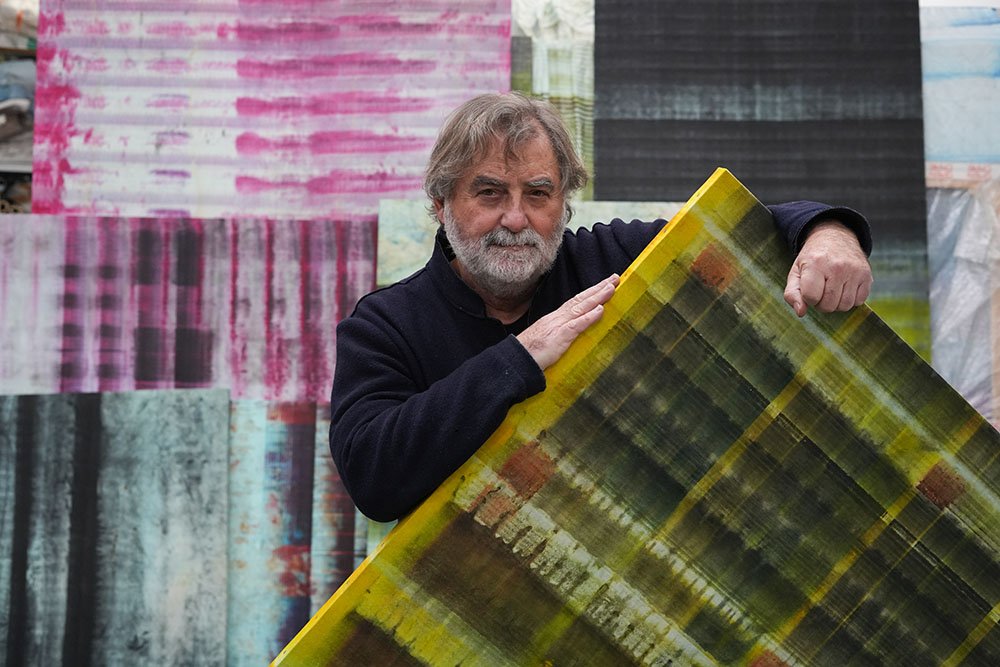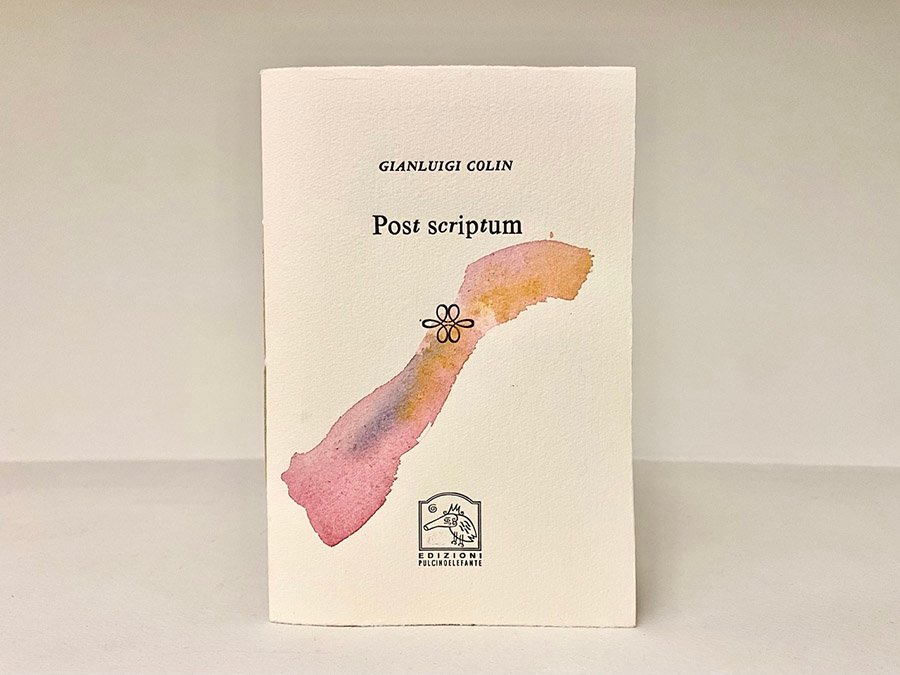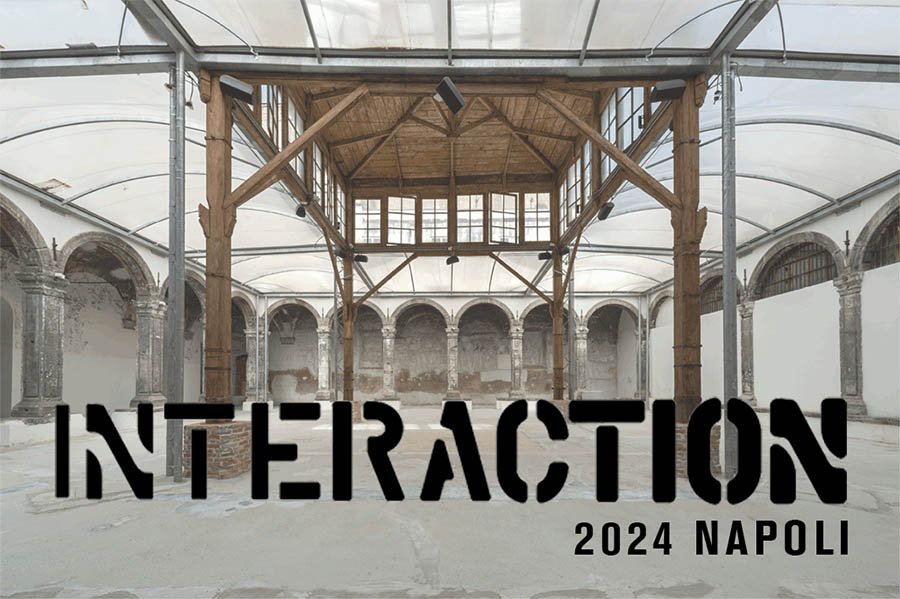Gianluigi Colin. Post Scriptum
08.02.2024 – 23.03.2024
“All the hidden good. All the bad, hidden”
Qoélet
“We are the ones you have conquered”
Bertolt Brecht, War Primer, 1955
From February 8th to March 23rd, 2024, BUILDING presents Gianluigi Colin. Post Scriptum, a solo exhibition curated by Bruno Corà, which hosts a selection of 34 previously unseen works: the exhibited large-scale paintings highlight the artist’s expressive power.
The works by Gianluigi Colin exhibited in BUILDING, which have been produced over the last three years, are the result of conceptual research that began in 2011, and that has already led to several exhibitions presented in Milan, Rome, and in other Italian cities. For several years, the artist has been focusing on the dialogue between images and words: in particular, the core of his work is the media system, the dimension of time, and the value of Memory.
With Gianluigi Colin. Post Scriptum, the artist presents a new series of abstract artworks, laden with chromatic sedimentations, repeated striations, and backgrounds extending into space. The special feature of these works lies in their actual original technique: in fact, the artist appropriates the large rags used to clean newspaper rotary presses and the equipment used in typography – an action that emphasises the authenticity of this conceptual research, which is grounded in and dialogues with the artist’s personal history.
As Bruno Corà stated: “Gianluigi Colin’s work is one of the most linguistically original visual propositions on the contemporary art scene today, as it formally manifests itself and confronts a reality of the everyday, of the transitory, of the unstable, that is to say, with what of life and the facts that occur in it, translated into media communication, is overshadowed by disappearing from memory with an unprecedented speed, never before perceived.
With an action of recovery, selection, and qualification of the residual fabrics used in the operation of cleaning the ink off the presses, Colin delivers to our era, like attractive polychrome sirens, the surprising icons of its rushing impermanence and dramatic dissolution”.
The repertoire of works exhibited at BUILDING reveals Colin’s different souls. These works originate from the matter of the typography business, bearer of the memory of days, months, and years of news, soaked in typographic inks and collective energies. Symbolic “rags of words”: the degree zero of every form of writing. These paintings emblematically interpret the zeitgeist, the spirit of a contemporary time, more willing to remove rather than memorise both words and images. On the contrary, in the artist’s works, these elements appear as melt and transformed into a seductive array of colours, signs, veins that reset space and time. These dimensions contain, as the words of Qoélet recall: “All the hidden good. All the bad, hidden”.
“I have always thought about the responsibility of the artist in relation to history.” – states Colin – “The group of my works, deliberately chosen for this exhibition characterized by dramatic tones, intense reds, shades of black, black striping on white or blue backgrounds, are presented as a symbol of a looming, disturbing, and threatening oblivion. A sense of constant indifference and forgetfulness that unfortunately belongs to the historical moment we live in. My works address an inner space, but they speak about a collective dimension”.
In this sense, the exhibition’s title, Post Scriptum, leaves room for an evocation that involves the artist’s own identity. On the one hand, the authenticity of the research that comes from the world of words, printing, information, inks, and therefore from the writings. And, on the other hand, an additional note in the long and rich artistic history of the artist.



